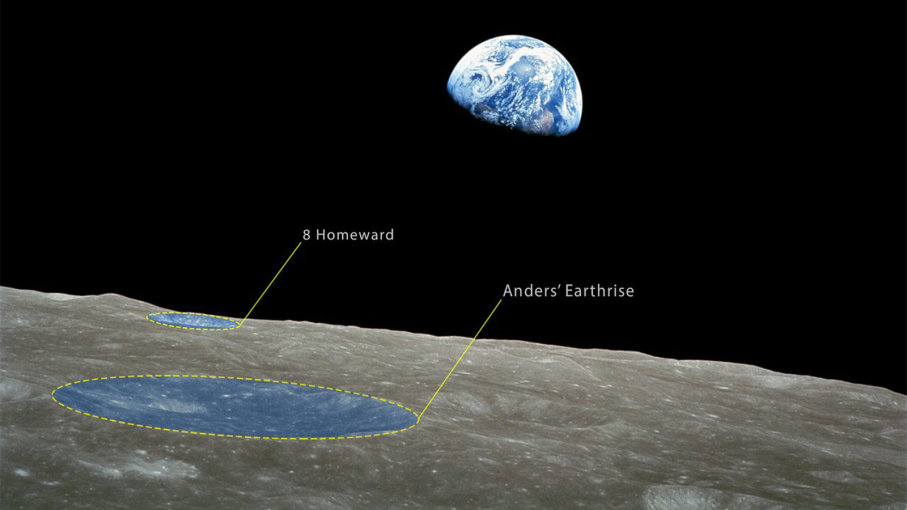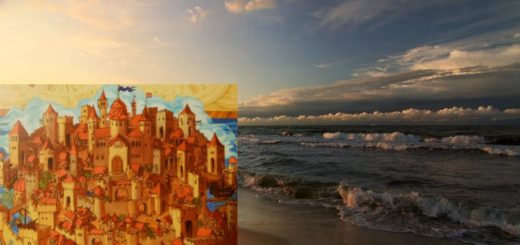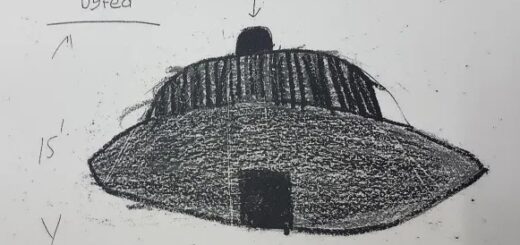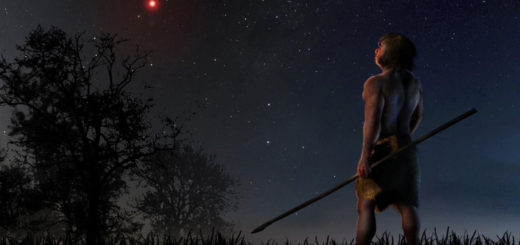Two Moon Craters Named for Apollo 8 Astronauts

The “Earthrise” photo taken by Apollo 8 astronaut William Anders. Probably the most iconic image ever taken of Earth, it has been credited with kicking off the environmental movement and shows the two craters recently named by the IAU. NASA/IAU
Back in December 1968, Apollo 8 astronauts Frank Borman, Jim Lovell and Bill Anders became the first humans to orbit the moon, and captivated the world on Christmas Eve by reading aloud the first 10 verses from the biblical book of Genesis for a worldwide TV audience and wishing well to everyone on “the good Earth.” They also transmitted startling images of the moon’s surface and the iconic “Earthrise” image, shot by Anders, which gave people back on Earth the first chance to gaze upon their planet from a distance.
Fifty years later, the International Astronomical Union’s (IAU) Working Group for Planetary System Nomenclature has decided to commemorate the Apollo 8 mission by naming a pair of craters on the moon, Anders’ Earthrise and 8 Homeward, which were both visible in Anders’ photo.
IAU has named more than 1,600 lunar craters, most of them after famous scientists and explorers, who by the rules must be deceased (which is why the Apollo 8 astronauts, all of whom are still living, didn’t get personal craters). The list includes craters named after the three astronauts killed in the Apollo 1 launch pad fire in 1967, Roger Chaffee, Gus Grissom and Edward White, as well as the seven craters named after the astronauts killed on the Space Shuttle Columbia, which was destroyed upon descent in 2003. There’s also a crater named in honor of Apollo 11 astronaut Neil Armstrong, the first man to set foot on the lunar surface in July 1969, who passed away in 2012.
There also are craters named after Soviet cosmonauts who died on space missions, such as Vladimir Komarov, who was killed in a 1967 accident. There are five craters named after Yuri Gagarin, the cosmonaut who in April 1961 became the first human to reach space. He died while test-piloting a MiG-15 fighter aircraft in 1968.



 Creators of mankind
Creators of mankind Description of “Tall white aliens”
Description of “Tall white aliens” Where they came from?
Where they came from? About hostile civilizations
About hostile civilizations The war for the Earth
The war for the Earth “Tall white aliens” about eternal life
“Tall white aliens” about eternal life Video: “Nordic aliens”
Video: “Nordic aliens” Aliens
Aliens Alien encounters
Alien encounters The aliens base
The aliens base UFO
UFO Technology UFO
Technology UFO Underground civilization
Underground civilization Ancient alien artifacts
Ancient alien artifacts Military and UFO
Military and UFO Mysteries and hypotheses
Mysteries and hypotheses Scientific facts
Scientific facts


















